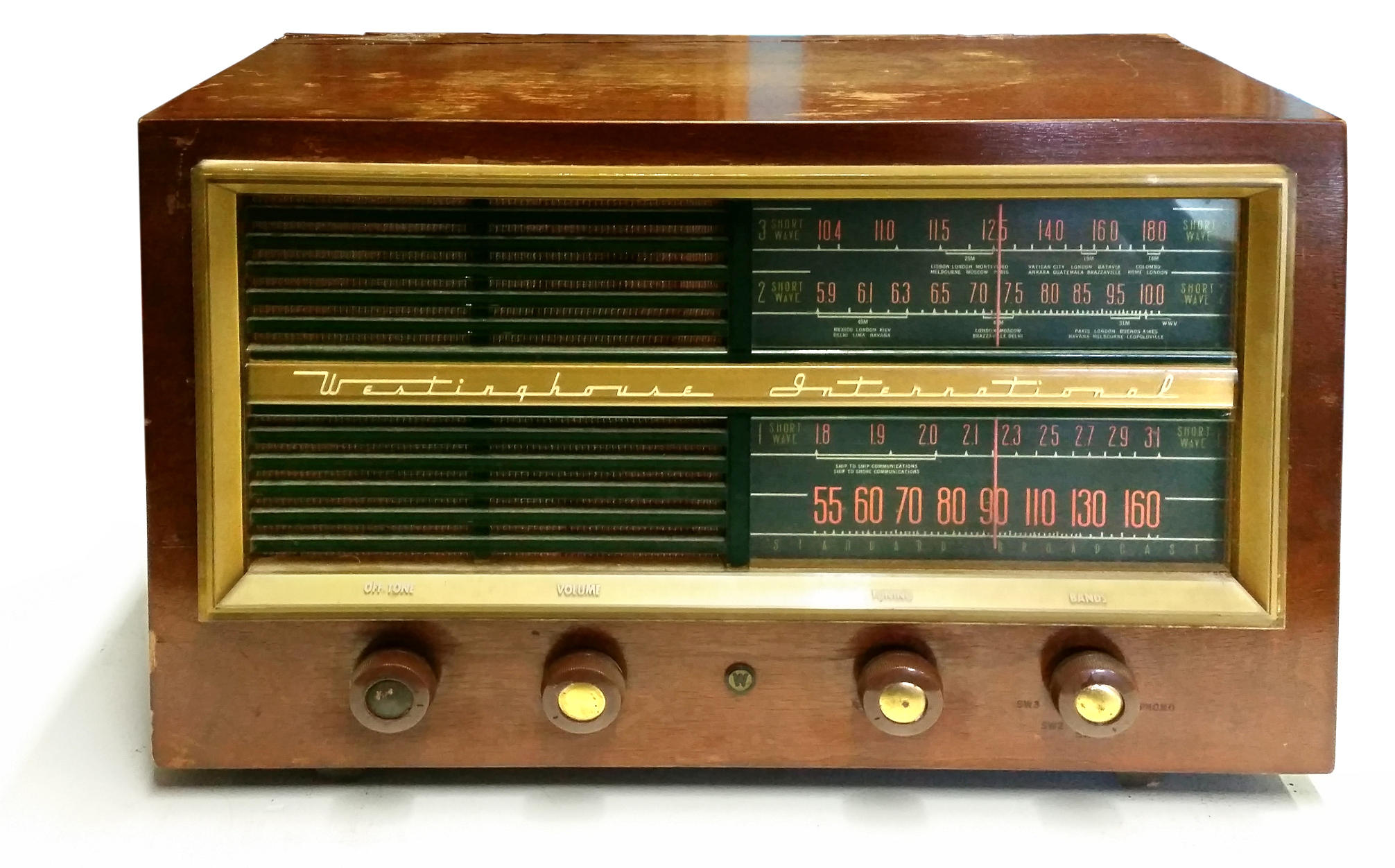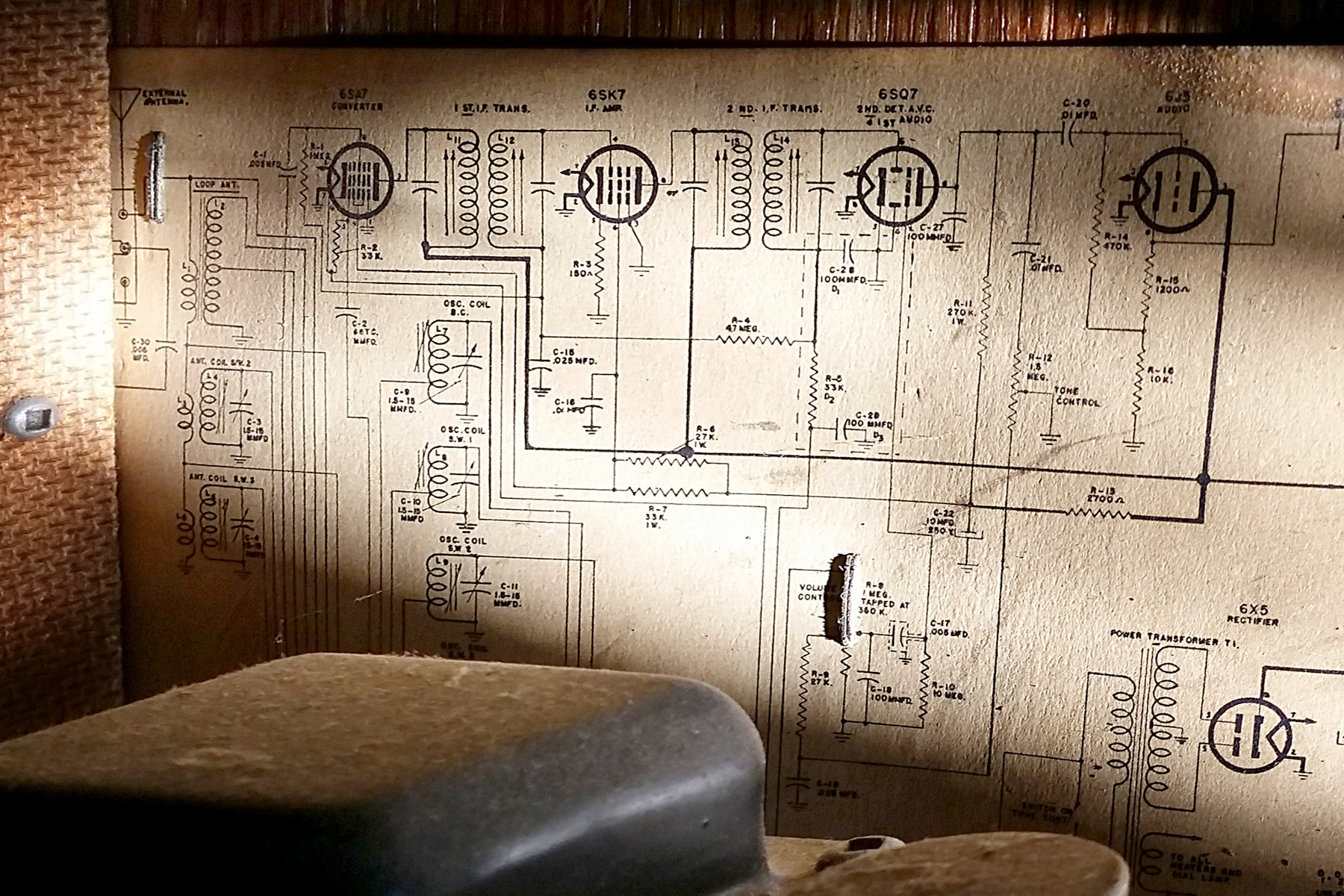

What's was most remarkable about it was what was "behind the scenes".
Take a look at the back. It was probably easily removable, or, more often than
not, maybe it didn't even have a back. It was completely OPEN!:

Stapled or glued to the inside panel, there was often a schematic diagram:

(Schematic diagram on inside panel of a Westinghouse 1951 model 6-T-104 radio)
This "skeleton" outline laid bare all the secrets of the radio's inner workings. To get it, you didn't have to do anything special like become a developer. It was there for everyone to see.
Whereas the vacuum tubes were transparent, perhaps by chance, the important thing here is that the manufacturer expended extra special effort toward transparency by including this schematic diagram.
And they probably paid cash for it, and the radio manufacturer probably knows no personal information or even who bought it.
The world of computing was once also this way. The Apple ][ computer came with a schematic diagram, parts list, and source code listings of its firmware.
But modern consumer electronics lacks these open and transparent design principles. It is often designed for landfill, in a throw-away society that not only creates garbage, but also fails to create the scientists of yesteryear...
And when you buy something now, not only do they reveal nothing about themselves but they want to know everything about you.
What can we do to create a new class of consumer electronics devices that embody intgrity-by-design?